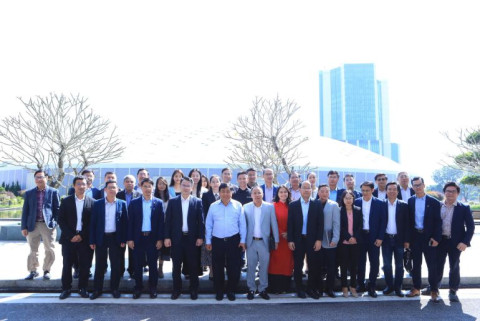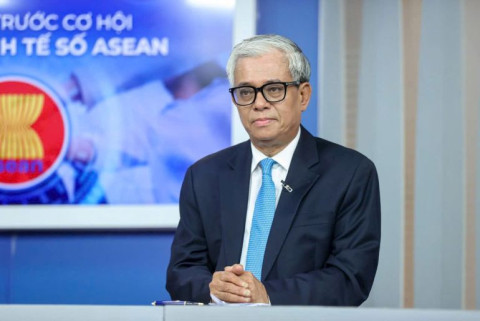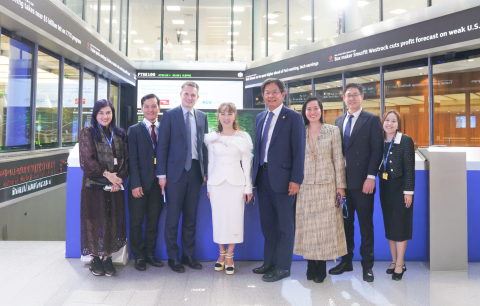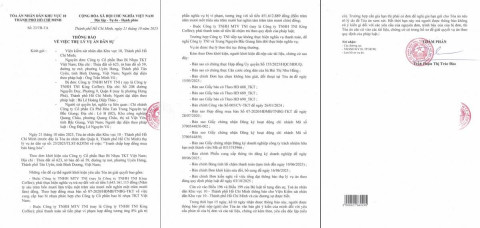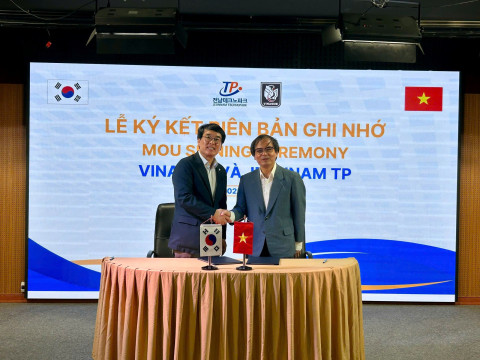Avoiding cost overruns in the implementation of North-South high-speed railway
- 17
- Business
- 10:34 08/10/2024
DNHN - The North-South High-Speed Railway project is gaining significant attention from both the Government and the public, with promises to improve transport infrastructure and foster economic development.
Ensuring investment efficiency and transparency
According to a statement from the Government Office on October 7, the Government's Standing Committee emphasized that the North-South High-Speed Railway project must be meticulously calculated to avoid exceeding the total investment and cost overruns during its implementation. This is a key directive, reflecting the Government's determination to ensure transparency and efficiency in public investment.
The Ministry of Transport has been tasked with reviewing the investment rate to align with the country's natural conditions, socio-economic factors, and the specific characteristics of the project. The goal is to present the "most accurate, reliable, and convincing" total investment figure, thus facilitating the mobilization of necessary resources for the project.
To realize this project, the Government has determined that public investment will play a central role. These sources include the central and local budgets, loans, bond issuances, and other forms of mobilization such as BOT (Build-Operate-Transfer) and BT (Build-Transfer). Importantly, a special mechanism is needed to maximize resources and streamline investment procedures to ensure the project proceeds smoothly.
The Government Standing Committee also instructed relevant agencies to adhere to the investment plan for the entire route, with a design speed of up to 350 km/h. Route selection must be as straight as possible to reduce costs, ensure operating speed, create new development opportunities, and save costs for the project.
One critical aspect of the project is ensuring logical connectivity with major urban areas and other key transportation routes. The high-speed railway will be designed to avoid densely populated and urbanized areas but still ensure convenient connections to major airports and seaports. This not only facilitates travel for the public but also contributes to local economic growth, creating numerous new development opportunities.
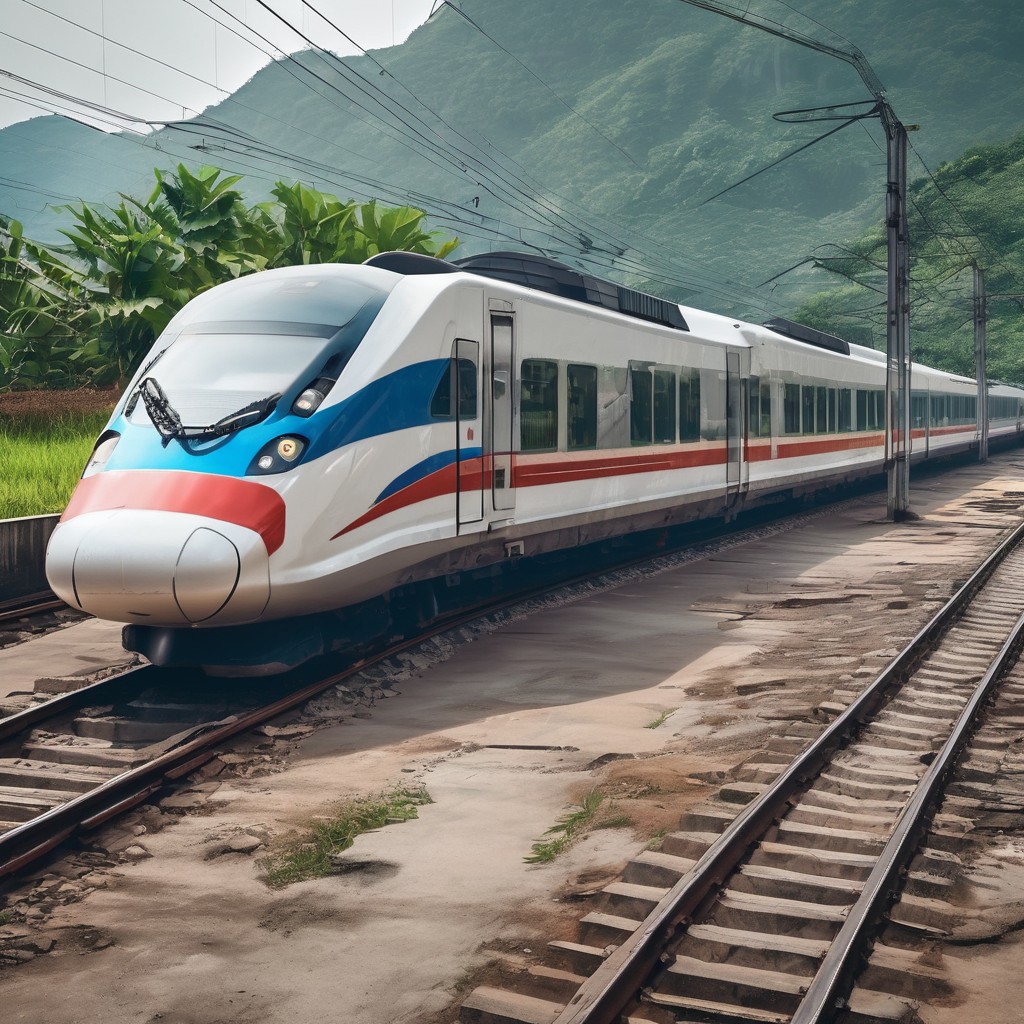
The project will traverse 20 provinces and cities, starting from Ngoc Hoi Station (Hanoi) and ending at Thu Thiem Station (Ho Chi Minh City). The presence of this railway will not only alleviate the current burden on transportation but also create a new wave of development for the regions it passes through.
According to the Ministry of Transport, the preliminary total investment for the North-South High-Speed Railway project has been set at $67.34 billion. Ticket prices are expected to be divided into three tiers, corresponding to the public's affordability and the level of comfort. Specifically, first-class tickets are projected at $0.18 per kilometer (VIP cabin), second-class at $0.074, and third-class at $0.044. For the Hanoi – Ho Chi Minh City route, this translates to approximately VND 6.9 million for first-class, VND 2.9 million for second-class, and VND 1.7 million for third-class tickets. This shows that the project is not only aimed at improving service quality but also ensuring reasonable travel costs for the public.
A driver of sustainable economic development
One of the most notable aspects of the North-South High-Speed Railway project is its positive impact on macroeconomic indicators. The collaboration between the Ministry of Transport and the Ministry of Finance will not only help assess public debt and foreign debt but also propose optimal solutions to ensure the project's sustainability. Improving transport infrastructure will not only reduce travel costs for the public but also significantly lower logistics costs, thereby enhancing the economy's competitiveness. This will create a strong incentive for businesses, encourage investment, stimulate economic growth, and increase the country's added value.
In this context, sustainable development becomes an essential factor that cannot be overlooked. The North-South High-Speed Railway project must be designed not only to meet travel demands but also to focus on environmental issues. The Government has requested relevant agencies to propose special mechanisms for sourcing land and construction materials and to delegate maximum authority to localities in licensing and environmental impact assessments. These measures aim to ensure that the project not only brings economic benefits but also protects the environment and natural resources, contributing to sustainable development for future generations.
With the Government's strong commitment, the North-South High-Speed Railway project is not just a transport initiative but a symbol of Vietnam's development aspirations. The combination of improved infrastructure and environmental protection will create a solid foundation for long-term growth. This will not only strengthen connectivity between regions but also open up opportunities for socio-economic development, paving the way for a sustainable and prosperous future for all. The North-South High-Speed Railway project also represents Vietnam's ambition for development and global integration. With decisive leadership from the Government, a commitment to mobilizing maximum resources, and the solidarity of the community, this project promises to bring positive changes to transportation infrastructure, boost economic development, and improve the quality of life for the people.
With the continuous advancement of technology, the North-South High-Speed Railway will be a significant leap forward, helping Vietnam not only connect regions but also affirm its position on the global economic map.
Nghe Nhan
Related news
#Transport
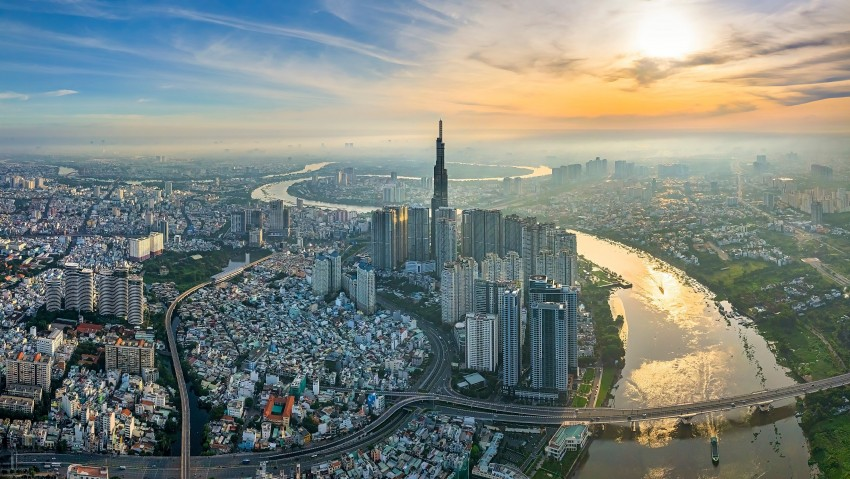
Sun Group proposed to build a 100 km long light rail line from Saigon to Tây Ninh
Sun Group has submitted its recommendations to the People's Committee of Ho Chi Minh City regarding the draft plan for adjusting the general planning of Ho Chi Minh City up to 2040, with a vision extending to 2060.
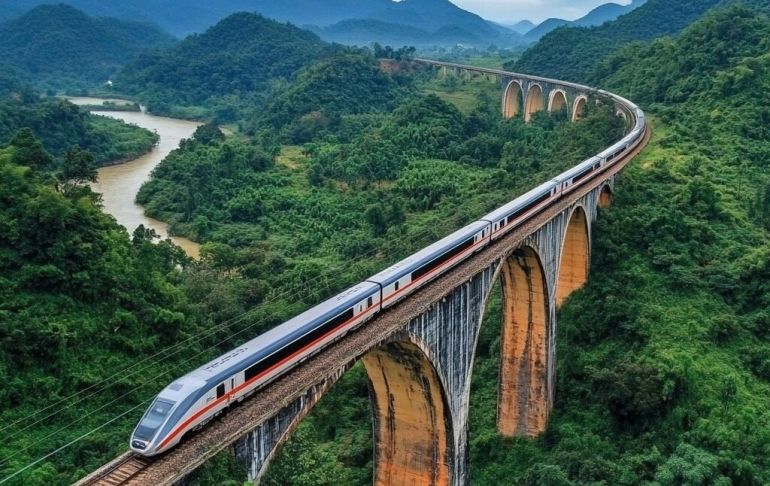
Completion of the pre-feasibility study report for the North-South high-speed railway project
The 350km/h North-South high-speed railway project is urgently finalizing its pre-feasibility study report. The goal is to present it to the National Assembly for review.
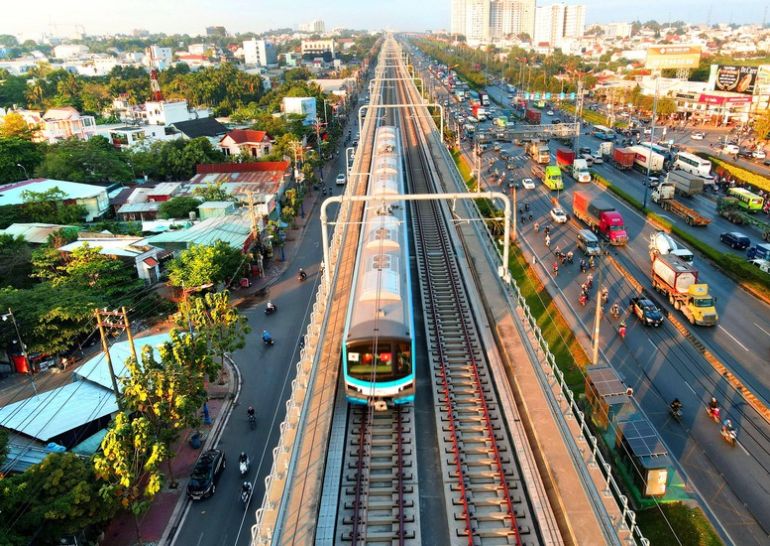
When will urban railways in Vietnam truly accelerate?
Although the Cát Linh-Hà Đông line has been operational, many urban railway projects are still facing difficulties in terms of progress and financing. To achieve a breakthrough in development, close coordination is needed.

VinFast announces establishment of dealer advisory board in the US
The Advisory Board will play a crucial role as a bridge between VinFast Auto and its expanding network of 25 dealerships.

High-speed railway North-South: A breakthrough in Vietnam's transportation system
The implementation of the high-speed North-South railway project not only marks a strong development of the domestic railway system but also brings significant benefits to the country.
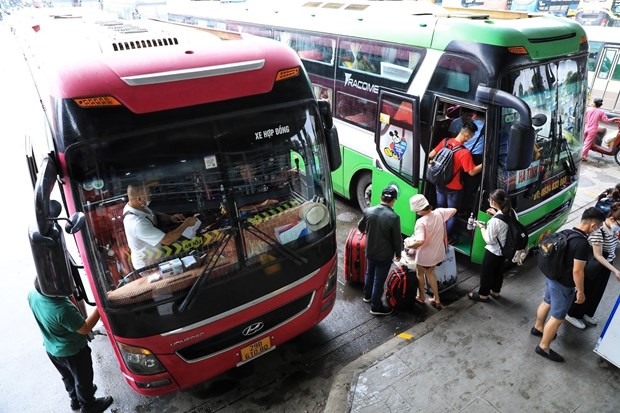
Transport firms up charges amid mounting fuel prices
About 80-90 percent of fixed-route transport firms have adjusted their fares up by 10-15 percent to offset mounting fuel costs, according to a Ministry of Transport (MoT) report submitted to the Prime Minister, assessing the impact of higher fuel prices.
Đọc thêm Business
From New Year messages of World Leaders to the “new rules” of the Global economy in 2026
At a pivotal moment of transition, New Year messages from capitals such as Hanoi, Beijing, Washington and Paris reflect distinct priorities and strategic visions.
Connecting Leaders, Shaping the Future: Strategic Leadership Planning Meeting – CorporateConnections Hanoi A
"Your network is your most powerful flowing asset. It generates value, multiplies opportunities, and accelerates your influence across borders."
Innovative ESG enterprise: Trạm Xe Việt startup proposes solutions to build a green mobility ecosystem
As Vietnam commits to achieving Net Zero by 2050 and tightens emissions standards, the transportation sector faces unprecedented pressure to transform.
Deputy Prime Minister Nguyễn Chí Dũng: “The country’s major challenges weigh heavily on my mind — and we must resolve them together.
On the morning of November 26, 2025, Deputy Prime Minister Nguyễn Chí Dũng chaired a high-level working session at the National Innovation Center (NIC) in Hòa Lạc.
Unitsky String Technologies signs cooperation agreements with three Vietnamese partners, opening a new direction for smart mobility and sustainable development
The signing ceremony took place in Minsk, Belarus, on November 28, 2025.
Before the D‑day to abolish flat‑rate tax: Fear of technology and costs leave small traders struggling to adapt
From 1 January 2026 the flat‑rate tax regime will be abolished. Small business households will be required to declare tax based on actual revenue. MISA supports the transition with technology to help micro‑merchants adapt smoothly and transparently.
Vietnamese enterprises at a crossroads: the impact of a potential US–China deal
As the world closely monitors every shift in US-China relations, emerging signals of a strategic agreement between the two global powers are raising hopes for global economic stability.
HDBank: Impressive profit growth, leading in profitability and advancing international integration
Ho Chi Minh City Development Joint Stock Commercial Bank (HDBank, stock code HDB) announced its consolidated profit before tax for the first 9 months of 2025 reached VND 14,803 billion, marking a 17% increase year-on-year (YoY).
TNI King Coffee sued for over VND 5 Billion in unpaid debts
On October 21, 2025, the People’s Court of District 10 in Ho Chi Minh City officially accepted a civil lawsuit concerning a commercial contract dispute between TKT Vietnam Plastic Packaging Joint Stock Company and TNI King Coffee Co., Ltd.
VINASME and Jeonnam Technopark Sign MOU on technology cooperation, human resource training, and trade promotion
On October 15, 2025, in Hanoi, VINASME and Jeonnam Technopark (Korea) signed an MOU to promote trade, advance technology transfer, and develop human resources between enterprises of both nations.





